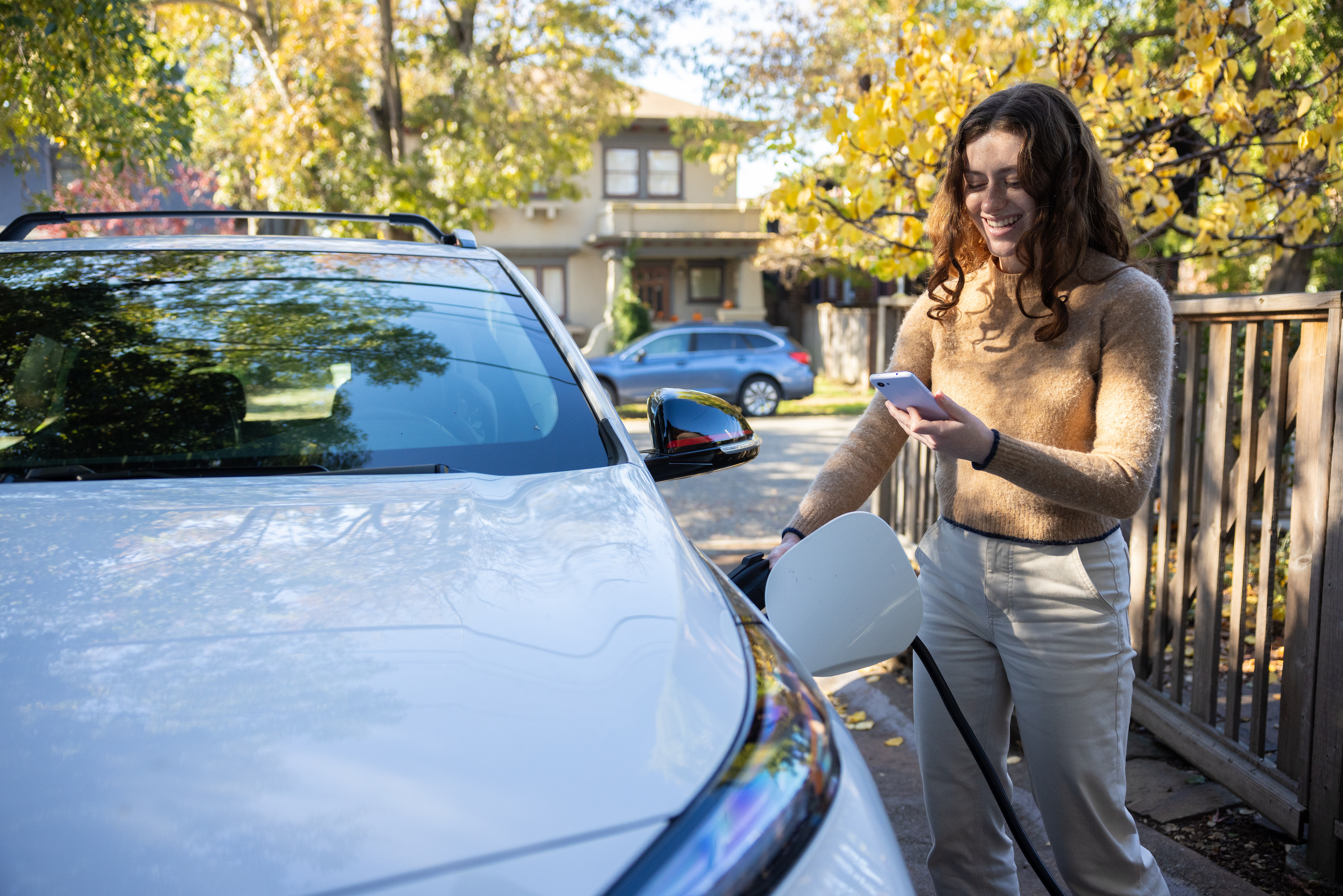A Tale of Two PHEVs

It was the best of PHEVs, it was the worst of PHEVs.

At the moment, plug-in hybrid electric vehicles (PHEVs) - which pair a traditional ICE engine with an externally rechargeable EV battery and motor - are both the best thing for the world and the worst thing for the world. Bah-humbug!
Although the fervent social media debate arising from these and other stories would have you believe there is a black-and-white divide between good and evil in this debate, the reality is of course a bit more nuanced. The long-term prognosis is fortunately good, as platforms like WeaveGrid’s EV Management System (EVMS) can maximize the value of PHEVs - just like any other EV - for the grid, for the environment, and for the driver.
There is no doubt that PHEVs are popular. Not only did they represent more than 20% of US EV sales in 2023 at over 250,000 units sold, but they now outpace growth of pure battery electric vehicle (BEV) sales over the last few years. This is enabled by significant vehicle model availability and diversity among PHEVs.

Automotive OEMs have been offering both electrified variants of existing models as well as pure new PHEV selections, leading to a wide array of options for consumers, from the $35,000 Kia Niro PHEV to the $238,000 McLaren Artura.
So how can automakers and their PHEV drivers help ensure that these vehicles meet the environmental aspirations to which they’re held up? WeaveGrid takes the question from an electric grid perspective and a driver experience perspective:
The batteries in PHEVs are of course smaller than those in pure BEVs, the former clocking in around 15-25 kWh and the latter 50-100 kWh and higher. On the surface, this implies that PHEVs have less capacity to offset gasoline with lower-impact grid electricity. While the energy offset on a single full charge may differ, for those PHEVs that are charged with Level 2 (L2) chargers, the power draw on the grid is similar for the course of the charge. Further, a PHEV driver with access to home or other convenient charging can recharge that battery as frequently as they wish (minding OEMs’ battery health recommendations).
So, while daily implications depend on drivers’ particular habits, in general:
- Drivers need to be encouraged to “top up” their battery every day if their vehicle is to help avoid tailpipe greenhouse emissions and reduce energy costs.
- Level 1 (L1) PHEV charging puts less strain on the grid over longer charge sessions.
- L2 PHEV charging puts more strain on the grid over shorter periods, implying that electric utilities can gain grid flexibility in intelligently orchestrating PHEV charging among other EV charging and any constraints on the last-mile distribution system.
- Drivers benefit further from understanding the reduced total cost of ownership from aiming for all-EV operation compared to utilizing gasoline.
WeaveGrid solves for any of these situations. DISCO helps utilities balance PHEV charging needs, while WeaveGrid intelligently engages PHEV drivers to proactively plug in when they’re at home and need a charge, carbon intensity on the grid is minimized, and electric rates are either off-peak and/or incentives for smart charging are available to the driver.
Whether you’re a utility or an OEM (or a driver) looking to navigate this PHEV debate, WeaveGrid has you covered with solutions that maximize the positive impact of all electrified vehicles.
Curious to learn more? Book a demo of our utility, automotive, and driver solutions.
Contributed by Yakov Berenshteyn, Director of Automotive and Charging Partnerships


.svg)
.svg)




.png)


.png)



.png)




.jpg)
